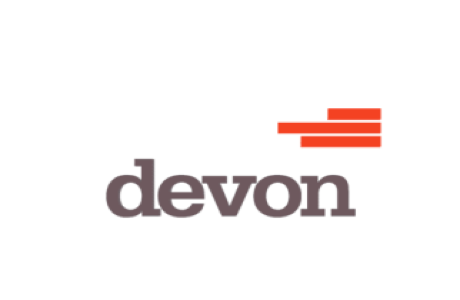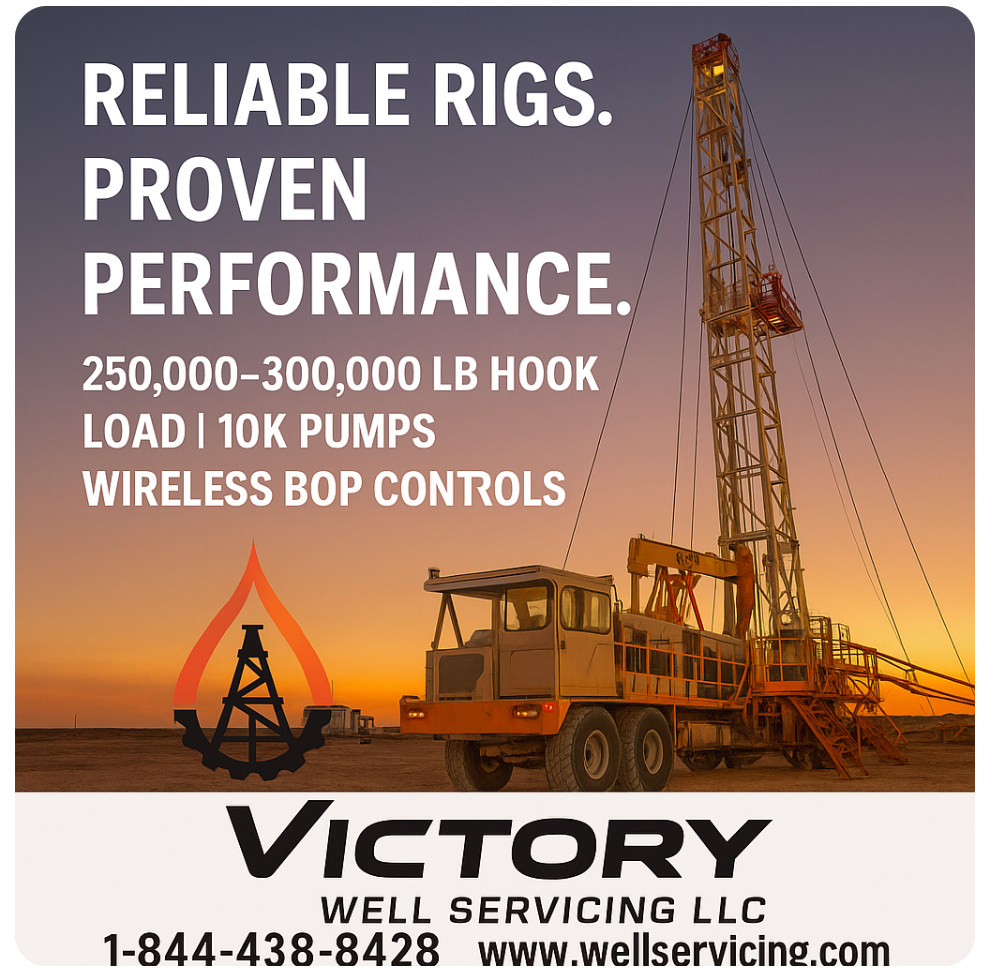Devon Energy’s Q3 2025 earnings call included a quiet but important insight for anyone watching artificial lift trends in U.S. shale: Devon is rolling out its AI-powered Smart Gas Lift system into the Eagle Ford.
This matters because gas-lift optimization is becoming one of the most cost-effective ways to boost production from mature shale wells—especially in a region like the Eagle Ford, where pressure declines quickly and well performance changes month to month.
Below is what Devon said, plus a simple definition of gas lift and why it matters.
What Devon Said About Gas Lift in the Eagle Ford
On the call, Devon described its next-generation Smart Gas Lift system—an AI-driven model that continuously adjusts gas-injection rates to maximize production. After piloting the technology in the Delaware Basin, where it delivered a 3%–5% production uplift, Devon confirmed it is now expanding the system into:
- The Williston Basin
- The Eagle Ford
Direct quote from the transcript:
“This is our smart gas lift project… We saw tremendous results…
We also have application in the Eagle Ford.”
— John Raines, SVP E&P Asset Management
(Devon Energy Q3 2025 Earnings Call)
For Devon, this is one of the most scalable production-optimization initiatives in its portfolio. The company described it as a key driver of its 20,000 BOE/d production uplift above baseline and a major contributor to its $150 million annual cash-flow improvement.
In short:
Smart Gas Lift is now a core part of Devon’s strategy—and the Eagle Ford is the next beneficiary.
Short Definition: What Is Gas Lift?
Gas Lift is an artificial-lift method that injects high-pressure gas into the wellbore to lighten the fluid column, reduce bottom-hole pressure, and help oil and gas flow more easily to the surface.
It is widely used in shale because it is:
- Flexible
- Reliable
- Suitable for high-liquid, high-GOR wells
- Ideal for multi-well pads like the Eagle Ford
The Benefits of Gas Lift (Artificial Lift) in the Eagle Ford
Gas Lift is one of the most effective AL methods for shale wells, especially as they move down the decline curve. Key advantages include:
1. Increased Production
Injecting gas reduces hydrostatic pressure and improves reservoir drawdown.
In shale plays, this often results in 3%–8% higher production, or more when optimized with AI.
2. Highly Adjustable and Controllable
Gas lift allows operators to:
- Increase or decrease injection
- Tune well performance in real time
- Respond to changing GOR and pressure conditions
This flexibility is extremely valuable in fast-decline rock like the Eagle Ford.
3. Reduced Workovers and Lower LOE
AI-optimized gas lift helps detect:
- Valve failures
- Pressure anomalies
- Liquid loading
- Compressor inefficiencies
Early detection = fewer workovers, fewer failures, and lower operating costs.
4. Works in Horizontal Wells
Shale wells are long laterals with complex flow behavior.
Gas lift thrives here because it:
- Operates without downhole pumps
- Handles slugging and liquid loading
- Performs well with variable flow profiles
5. Ideal for Centralized Field Infrastructure
Eagle Ford pads commonly share:
- Compression
- Multi-well gas-lift systems
- Centralized facilities
Gas lift integrates seamlessly with this setup and scales easily across large pads.
6. Perfect for AI Optimization
Devon’s Smart Gas Lift success comes from:
- Real-time SCADA data
- AI models that predict optimal injection
- Automatic adjustments to maximize uptime
This turns gas lift from a reactive process into a continuously optimized one.
Why This Matters for the Eagle Ford
The Eagle Ford remains one of the most active shale plays in the U.S., but many wells are mature and require more efficient artificial-lift solutions. AI-enabled gas lift offers:
- Immediate production uplift
- Lower downtime
- Better utilization of compression
- Longer well life
- Lower cost per barrel
Devon’s expansion of Smart Gas Lift into the basin signals a new phase: AI-enhanced artificial lift is becoming standard in shale.


